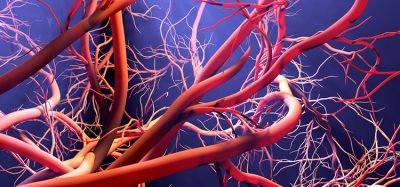Expert view: Promising methods in kinase screening
Posted: 12 December 2019 | BMG Labtech GmbH | No comments yet
Kinase-mediated phosphorylation is a control point for nearly all activity within a cell, making kinases important in many diseases.
Effectively profiling large numbers of potential lead compounds during the early stages of discovery pays off later by increasing the efficiency of downstream development. The best options for primary kinase screens should be broadly relevant whilst also being easy to perform rapidly on a large volume of samples. The most popular options are homogenous formats like Lanthascreen, HTRF, Hithunter and Kinase Glo, which can be performed at low volumes and are insensitive to light.
A promising kinase inhibitor may be ineffective in a more physiological environment compared to an isolated biochemical system. Outside of a cell, the absence of biologically-relevant co-factors, ATP availability or physical differences in the kinase structure mean that compounds that behave potently in biochemical assays may not remain active under physiological conditions.
Secondary screens for kinase activity will ideally account for the variability of intracellular ATP concentrations, provide information about selectivity and binding kinetics, along with indications of physiological relevance. Avoiding slow, expensive imaging assays for these screens has become easier with technologies such as NanoBRET. Monitoring the displacement of the NanoBRET tracer inside a living cell normalises the complexities that cannot be controlled for in biochemical assays and expands the number of parameters that can be accounted for with a single assay format.
Related organisations
BMG Labtech GmbH







